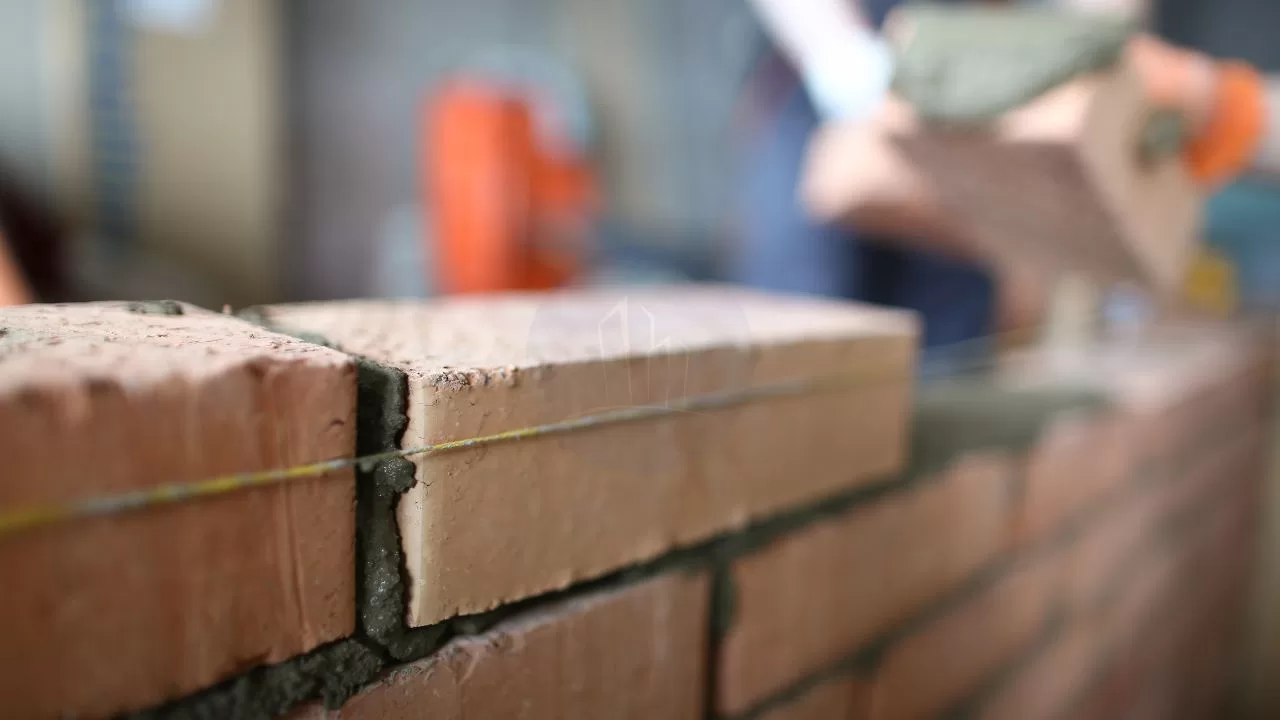Development length is an essential concept in civil engineering that refers to the length of reinforcement required to transfer the force from the steel reinforcement to the surrounding concrete. It is crucial in ensuring that the reinforcement is effectively bonded to the concrete to resist the applied forces. This article describes about development length formula as per IS 456 & ACI 318=19
The development length depends on several factors, including the diameter of the bar and the strength of the concrete. Another factor that affects the development length is the bond strength between the steel reinforcement and the surrounding concrete.
Properly understanding development length is essential for designing reinforced concrete structures to ensure their safety and stability. Engineers calculate the development length to ensure that the reinforcement will provide the intended strength and reinforcement to the structure. “Insufficient development length can cause the reinforcement to fail to transfer forces to the concrete effectively. This can ultimately lead to structural failure.”
Table of contents
- What is the development length?
- Significance and functions of Development length.
- Factors determining Development strength
- Development length as per IS 456
- Development length as per IS 456 for columns, footings and in beams
- Development length in beam-column junction
- Development length as per codes
- Key Takeaways
- Conclusion
What is the development length?
To develop the full tensile strength of the reinforcement, one must embed the reinforcement in concrete for a minimum length known as the development length. This is necessary to ensure that the reinforcement can resist the applied loads. This should happen without pulling out of the concrete or causing concrete failure.
Either pull-out or splitting failure modes typically control the length. In pull-out failure, the force applied to the reinforcement exceeds the pull-out strength of the concrete. This generally causes the reinforcement to pull out of the concrete. In splitting failure, the force applied to the reinforcement causes the concrete to crack and split. This can lead to the failure of the reinforcement.
Significance and functions of Development length.
This is a critical concept in reinforced concrete structures that ensures the effective transfer of forces and prevents premature failure. It is important for the safety and stability of structures and is a crucial factor in their design and construction. The main function is as follows.
Transfer of applied forces
The Development length in reinforced concrete structures ensures effective bonding of the steel reinforcement to the surrounding concrete. It helps transfer the applied forces to the concrete. This allows it to transfer the applied forces to the concrete.
Prevents structural failure
Basically, the proper bonding of the reinforcement to the concrete prevents premature failure of the structure. This could otherwise result in catastrophic consequences.
Important for design
Properly understanding Develop length is critical for designing reinforced concrete structures. Engineers must calculate the length to ensure that the reinforcement provides the intended strength and reinforcement to the structure.
Basically, an insufficient development length can lead to the reinforcement not being able to transfer the forces to the concrete effectively. However, this results in premature failure and instability.
Structural safety and stability
Generally, this is crucial for the safety and stability of reinforced concrete structures. The failure to effectively bond the reinforcement to the concrete would result in the inability to transfer the applied forces. However, this can lead to structural failure.
Factors determining Development strength
Several factors influence the required development length to fully develop the tensile strength of reinforcement in concrete, including
- Reinforcement properties: The strength and diameter of the reinforcement significantly impact the required development length. Generally, high-strength reinforcement with a larger diameter will require a longer D length to develop its full strength.
- Concrete properties: The strength, stiffness, and thickness of the concrete member where we place the reinforcement are crucial factors. However, a higher concrete strength requires a longer d length, while a thicker concrete section may require a shorter length.
- Bond strength: The bond strength between the reinforcement and concrete is critical in determining the development length. However, the bond strength depends on various factors. This includes the surface condition of the reinforcement, the degree of deformation, and the quality of the concrete surface.
- Environmental conditions: Environmental factors such as humidity, temperature, and exposure to corrosive agents can affect the bond strength between the reinforcement and concrete. In such cases, we may require a more extended development length.
- Load conditions: The type, magnitude, and direction of the load applied to the reinforcement significantly influence the development length required. Generally, Higher loads require a longer D length to prevent the reinforcement from pulling out of the concrete.
- Design codes and standards: Design codes and standards typically provide guidelines for determining the minimum development length required for different types of reinforcement and loading conditions. However, these guidelines may vary depending on the specific code or standard used.
Development length as per IS 456
Basically, Clause 26.2.1 of the Indian code for the design of reinforced concrete structures (IS 456:2000) provides the formula. The formula is used to calculate the development length of reinforcement bars in tension. We require the length of the reinforcement bar to transfer the stresses between the reinforcement and the surrounding concrete.
The formula for calculating the length (Ld) of a reinforcement bar with a diameter of D, embedded in concrete with a grade of M, and subject to tension, is as follows:
Ld = (0.87 fy A / 4τ_bd) + (0.2 √fc) …Equation 1
where:
- fy is the characteristic strength of the reinforcement in N/mm²
- A is the area of the reinforcement in mm²
- τ_bd is the bond stress between the reinforcement and the surrounding concrete in N/mm²
- fc is the characteristic compressive strength of concrete in N/mm²
The first term in Equation 1 represents the basic development length. This is the minimum length required for the reinforcement to fully develop its strength. The second term represents the additional development length due to the curvature of the bar.
It is worth noting that the code also provides alternative methods for calculation, such as the empirical equations given in Table 5 of the code. However, Equation 1 is the most widely used method for calculating the DL in India.
It is important to note that these calculations are based on certain assumptions and simplifications. The actual DL required may vary based on the specific design requirements and site conditions.
Development length as per IS 456 for columns, footings and in beams
The development length of rebars is the minimum length required. This ensures the effective transfer of forces from the steel reinforcement to the surrounding concrete. However this ensures that the reinforcement is properly bonded to the concrete, preventing premature failure of the structure.
Development length in beam-column junction
Development length as per codes
The development length of a reinforcing bar, or rebar, is the minimum length that must be embedded or overlapped with concrete. This ensures proper transfer of stresses between the concrete and steel. This is a critical design parameter, and it is determined based on various factors such as the strength of the rebar, the strength of the concrete, and the design requirements of the structure.
Here are the formulas as per some commonly used codes:
ACI 318-19 (American Concrete Institute)
Ld = [(φ x Fy x As) / (4 x Fc’^(0.5))] x (1.3 for deformed bars, 1.7 for plain bars)
where: Ld = development length in inches
φ = strength reduction factor (0.7 for deformed bars, 0.8 for plain bars)
Fy = yield strength of rebar in ksi
As = area of rebar in square inches
Fc’ = specified compressive strength of concrete in psi
BS 8110-1:1997 (British Standard)
Ld = [(1.2 x σst x As) / (0.87 x Fy x (1 + (200/d))^(0.5))] x (1.4 for deformed bars, 1.7 for plain bars)
where: Ld = development length in mm
σst = stress in rebar at yield in N/mm2
As = area of rebar in mm2 , Fy = characteristic yield strength of rebar in N/mm2, d = diameter of rebar in mm
IS 456:2000 (Indian Standard)
Ld = [(0.87 x fy x As) / (4 x τbd x fck^(0.5))] x (1.2 for deformed bars, 1.6 for plain bars)
where: Ld = development length in mm
fy = characteristic strength of rebar in N/mm2
As = area of rebar in mm2 τbd = design bond stress in N/mm2
fck = characteristic compressive strength of concrete in N/mm2
It is important to note that the development length calculation may vary based on the specific requirements of the structure. It is recommended to consult the appropriate code for accurate and up-to-date information.
Key Takeaways
- Development length refers to the minimum length of reinforcement embedded in concrete to ensure effective bonding and force transfer.
- It is critical for the safety and stability of reinforced concrete structures, preventing premature structural failure.
- Factors affecting development length include the diameter and strength of the reinforcement, bond strength, concrete properties, and environmental conditions.
- Proper calculation of development length ensures the reinforcement provides the intended structural strength.
- IS 456:2000 provides guidelines and formulas for calculating development length in tension for reinforced concrete structures.
- Failure to achieve the correct development length can lead to inadequate force transfer, compromising structural integrity.
- Understanding development length is essential for engineers to design safe, durable, and stable structures.
Conclusion
Development length is a critical factor in the structural integrity of reinforced concrete. It ensures that the reinforcement bonds effectively with the concrete. This bonding transfers loads without failure. Engineers can design safer and more durable structures by calculating the appropriate development length. They consider factors like bar diameter, concrete strength, and bond properties. Adhering to standards such as IS 456:2000 is essential for maintaining consistency and safety in construction practices. Failing to meet the required development length can lead to structural weaknesses. These weaknesses may compromise the stability and lifespan of the structure. Therefore, understanding and applying development length principles is fundamental to achieving long-lasting and reliable reinforced concrete construction.






